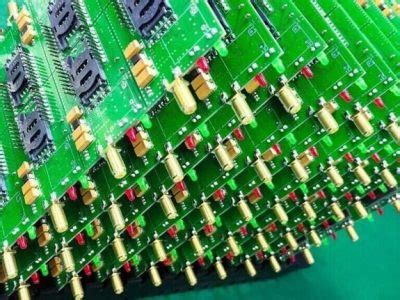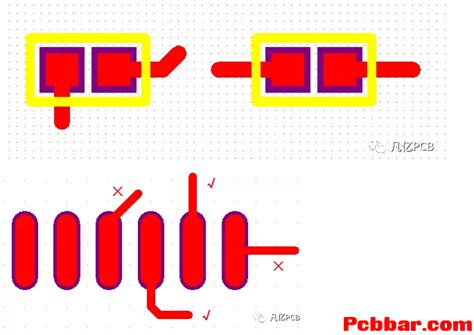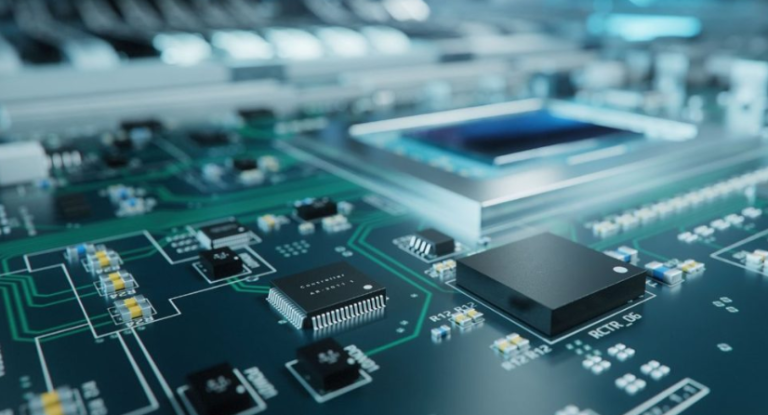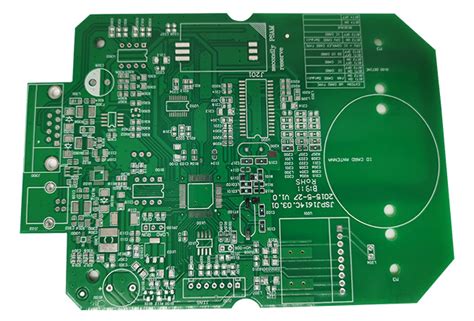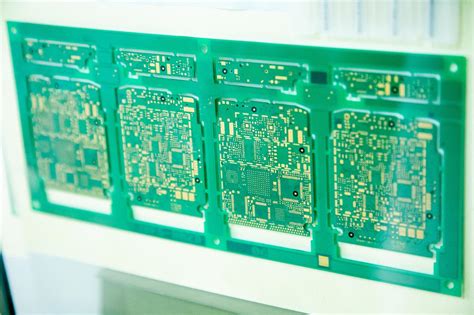High Volume PCB Production Techniques for Optimal Output
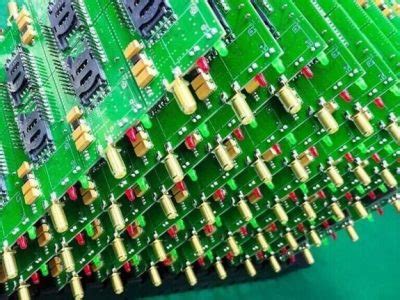
Key Takeaways
To successfully navigate the complexities of high volume PCB production, you must grasp the fundamental elements that enhance output and efficiency. Understanding the core principles of pcb manufacturing will help you evaluate various pcb manufacturing companies and their capabilities. One key aspect to consider is the importance of prototyping in PCB assembly. Prototyping allows for adjustments before full-scale production, minimizing the pcb manufacturing cost and ensuring that your design aligns with its intended functionality.
Emphasizing tailored approaches is essential, especially as different projects may have distinct requirements. Effective communication with your chosen pcb manufacturing business will enable you to express specific needs, resulting in a more streamlined production process. Incorporate techniques designed to boost efficiency, such as automation and optimized workflow strategies, which play a crucial role in meeting demands swiftly without compromising quality.
"Recognizing the unique aspects of your project can significantly impact both timelines and costs—directly affecting your bottom line."
In conclusion, focusing on these key elements fosters a stronger understanding of high volume PCB production, ultimately helping you achieve optimal results tailored to your project goals.
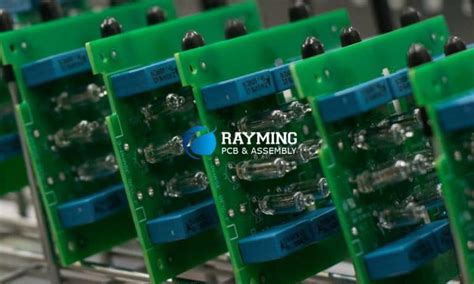
Understanding High Volume PCB Production: An Overview
High volume PCB manufacturing is a critical component in meeting the growing demand for electronics across various industries. Understanding the dynamics of this process allows you to appreciate how PCB manufacturing companies operate and what factors influence their efficiency. The pcb manufacturing cost can significantly vary based on several elements, including material choices, design complexity, and production methods. Therefore, it’s essential to monitor these variables when considering your own pcb manufacturing business.
In this context, effective management of resources can lead to substantial improvements in output and quality. Utilizing automated machinery, implementing lean manufacturing techniques, and emphasizing careful supply chain management are key strategies that shape the landscape of high volume PCB production. Furthermore, fostering collaborative relationships with your suppliers helps in minimizing delays and optimizing the overall production process.
By prioritizing these aspects of high volume PCB production, you not only enhance functionality but also position your business strategically within a competitive market. As technology continues to evolve, keeping abreast of emerging trends will also provide insights into better operational practices, ensuring that your productions remain efficient and cost-effective.
| Aspect | Consideration |
|---|---|
| Material Choices | Impact on durability & cost |
| Design Complexity | Influence on manufacturability |
| Automation Techniques | Enhances speed & reduces human error |
| Supply Chain Management | Critical for timely delivery & efficiency |
Ultimately, understanding these fundamentals will empower you to make informed decisions as you navigate the complexities of high volume PCB production. For more insights into efficient PCB assembly methods and tailored solutions, explore resources like Andwin PCB.
The Role of Prototyping in PCB Assembly
Prototyping plays a crucial role in the pcb manufacturing process, acting as a bridge between initial design concepts and full-scale production. When working with pcb manufacturing companies, you will find that iterative prototyping allows for the identification and rectification of design issues early in the development phase. This not only mitigates risks but also enhances the overall quality of the final product. By investing time and resources into creating prototypes, you can understand how your designs will perform under various conditions, thereby reducing the pcb manufacturing cost associated with post-production modifications.
Moreover, prototyping enables you to tailor solutions specific to your unique project requirements, ensuring that the designs are optimized for performance and manufacturability before transitioning to mass production. This approach fosters collaboration between designers and engineers within pcb manufacturing business, leading to more innovative solutions and efficient processes. Consequently, adopting an effective prototyping strategy not only improves design accuracy but also contributes significantly to reducing lead times, ultimately ensuring that your projects are delivered on schedule while maximizing output efficiency in high-volume pcb manufacturing environments.
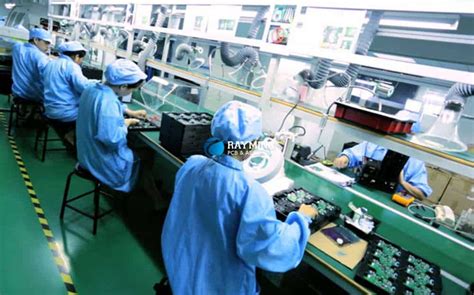
Techniques to Enhance Efficiency in PCB Manufacturing
In the competitive landscape of pcb manufacturing, employing effective techniques is crucial for achieving optimal output and maintaining cost efficiency. One of the primary strategies involves the integration of automation in production processes. By automating repetitive tasks, pcb manufacturing companies can significantly reduce labor costs and minimize human error, leading to a more streamlined workflow. Additionally, the adoption of advanced software tools for design and simulation can enhance accuracy and speed up the prototyping phase. This is particularly important when developing complex circuits, as these tools allow you to visualize potential issues before they arise on the production floor.
Furthermore, lean manufacturing principles can be applied to identify waste within your processes and create a more efficient cycle from start to finish. Analyzing each step of your production can help you pinpoint areas where resources are being underutilized. Implementing just-in-time (JIT) inventory management can also bolster efficiency by ensuring that materials arrive precisely when needed, thus reducing storage costs associated with excess inventory.
Another essential aspect is maintaining clear communication between teams involved in PCB design, sourcing materials, and assembly. Implementing collaborative software solutions enables real-time updates on project status and challenges faced during production. This cohesion ensures that any problems are promptly addressed, minimizing delays that could impact pcb manufacturing cost.
Moreover, investing in employee training is vital for enhancing efficiency within your pcb manufacturing business. A skilled workforce equipped with up-to-date knowledge on current technologies and methods can significantly boost productivity and drive innovation in your processes.
By leveraging these techniques—from automation to lean practices—you position your company for success in achieving high-volume production without sacrificing quality or increasing costs unnecessarily.
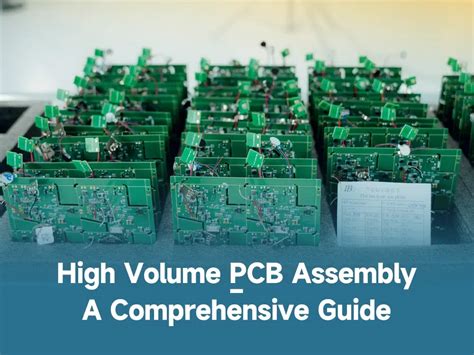
Tailoring Production Approaches for Different Projects
In the realm of high volume PCB production, understanding the unique demands of each project is essential. You may find that different projects require distinct strategies that take into account factors such as complexity, scale, and intended application. By evaluating these elements, you can tailor your pcb manufacturing approach to ensure optimal results. For instance, working with pcb manufacturing companies that specialize in specific industries may offer you the expertise needed to adapt to unique requirements. Additionally, considering the pcb manufacturing cost is crucial; streamlining processes—such as assembly methods and material choices—helps keep expenditures manageable while maintaining quality.
Delving into prototyping is also an effective strategy for customizing your production process. Early prototypes can validate designs, enabling you to fine-tune features and functionalities before moving into full production. This not only enhances efficiency but also aligns the final product with project needs. Ultimately, a tailored approach in your pcb manufacturing business should prioritize adaptability and responsiveness to client specifications, allowing you to achieve high standards of quality while optimizing throughput in high-volume runs.
Quality Control Measures in High Volume PCB Production
Ensuring top-notch quality is paramount in high volume PCB production. You must implement rigorous quality control measures throughout the entire PCB manufacturing process to meet industry standards. Start by establishing clear protocols for inspection at various stages, including initial material selection and post-production assessments. Utilizing automated visual inspection systems can drastically reduce human error, ensuring that any defects are caught early in the PCB manufacturing business. Additionally, maintaining precise calibration of machinery can help you achieve consistent results, which is crucial when dealing with large quantities.
Remember, every aspect of your production line contributes to the overall quality of your final products. Regular audits of your suppliers are also essential; collaborating with reliable PCB manufacturing companies ensures that you’re sourcing high-quality components while managing PCB manufacturing costs effectively. Not only does this enhance the reliability of your PCBs, but it also strengthens your position in a competitive market by minimizing returns and warranty claims. Engaging in proactive quality management not only boosts your output but reinforces customer satisfaction—a vital element for any successful PCB manufacturing business striving for excellence.
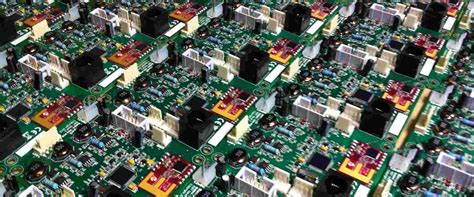
The Future of High Volume PCB Techniques
As you delve into the future of high volume PCB techniques, it becomes essential to understand the evolving landscape of pcb manufacturing. Innovations in technology, such as automation and advanced materials, are revolutionizing how pcb manufacturing companies operate. These advancements not only streamline processes but also contribute to reduced pcb manufacturing costs, allowing for greater scalability in production. In tailoring your approaches, consider that effective collaboration between engineering and production teams can lead to customized solutions suited for specific project demands. Additionally, the integration of data analytics enhances decision-making processes, enabling you to predict trends and adjust your production strategy accordingly. As consumer electronics continue to evolve, maintaining a competitive edge in the pcb manufacturing business will depend on your ability to adapt to these changes and embrace new techniques that prioritize efficiency and quality at a high volume. This future-forward mindset will position you favorably within a dynamic market landscape.

Cost-Effective Strategies for Mass Production
When it comes to high volume PCB production, implementing cost-effective strategies can significantly impact your overall pcb manufacturing process and profitability. One of the most vital approaches is optimizing your pcb manufacturing cost by selecting efficient materials and technologies. By closely evaluating the materials used in the pcb manufacturing business, you can identify areas where you can reduce expenses without compromising quality. Additionally, collaboration with reputable pcb manufacturing companies can lead to bulk purchasing discounts, further lowering your costs.
Employing advanced machinery and automation technologies in your production lines not only increases efficiency but also minimizes labor costs, which is essential for achieving high output levels in mass production. For example, utilizing automated soldering and assembly processes enhances precision while accelerating production timelines.
Moreover, maintaining robust relationships with suppliers allows for better negotiation terms and improved supply chain management, which can be crucial in meeting both budgetary constraints and project timelines. Always remember that effective planning and management of the manufacturing workflow are fundamental to reducing waste and enhancing productivity—ensuring your investments yield maximum returns while meeting market demands efficiently.
Incorporating these strategies into your operations can enhance cost-effectiveness, ensuring that you remain competitive while providing high-quality circuit boards that meet increasingly diverse customer needs.
Analyzing Market Trends in PCB Assembly Production
In the rapidly evolving landscape of pcb manufacturing, staying attuned to market trends is crucial for pcb manufacturing companies aiming to maintain a competitive edge. The demand for high volume PCB production continues to surge, driven by technological advancements and consumer needs. It is essential to recognize that the pcb manufacturing cost often varies significantly based on materials, design complexity, and production techniques utilized. A keen analysis of market trends reveals a growing emphasis on automation and innovative technologies that not only enhance output but also streamline processes within the pcb manufacturing business framework. Adopting these trends allows businesses to reduce lead times and optimize resource allocation, which is particularly beneficial in meeting diverse project specifications effectively. Additionally, an increasing focus on sustainability can influence market dynamics, as both consumers and businesses prioritize environmentally friendly practices and materials. To remain relevant, companies must be proactive in integrating these trends into their operational strategies while fostering partnerships that leverage technological innovations. Understanding these aspects will equip you to navigate the complexities of PCB assembly production with agility and foresight.
Conclusion
In summary, effective high volume PCB production relies heavily on understanding various factors that contribute to efficiency and output. The interplay between pcb manufacturing processes and the strategies adopted by pcb manufacturing companies plays a pivotal role in determining the overall success of a project. Implementing advanced techniques not only addresses the nuances of your specific requirements but also optimizes pcb manufacturing cost by reducing waste and streamlining operations. You should also consider how adopting tailored approaches within your pcb manufacturing business can enhance flexibility, allowing you to adapt to changing market demands. By paying attention to these elements, you can position yourself for success in an increasingly competitive landscape, ensuring that you consistently meet the quality standards expected in today’s market.
FAQs
What are high volume PCB manufacturing techniques?
High volume PCB manufacturing techniques refer to specialized methods employed to produce large quantities of printed circuit boards efficiently. These methods focus on maximizing output, minimizing waste, and ensuring consistent quality across all units produced.
Why is prototyping important in PCB assembly?
Prototyping plays a crucial role in PCB assembly as it allows for the testing of designs before moving into mass production. This helps identify potential issues and provides an opportunity to make necessary adjustments without incurring significant PCB manufacturing costs.
How can I enhance efficiency in my PCB manufacturing process?
You can enhance efficiency by adopting lean manufacturing principles, investing in automation technologies, and continuously optimizing workflows. Additionally, collaborating with reputable PCB manufacturing companies can streamline your operations and reduce turnaround times.
What tailored production approaches should I consider for different projects?
Tailoring your production approach involves understanding the specific requirements of each project. Factors such as order volume, complexity of the design, and lead time should influence your decision on whether to lean towards a traditional or advanced manufacturing process.
What quality control measures are crucial for high volume PCB production?
Implementing stringent quality control measures such as automated inspection systems, rigorous testing protocols, and regular audits is essential. These steps help ensure that your PCBs meet the necessary standards and maintain consistency throughout high volume runs.

